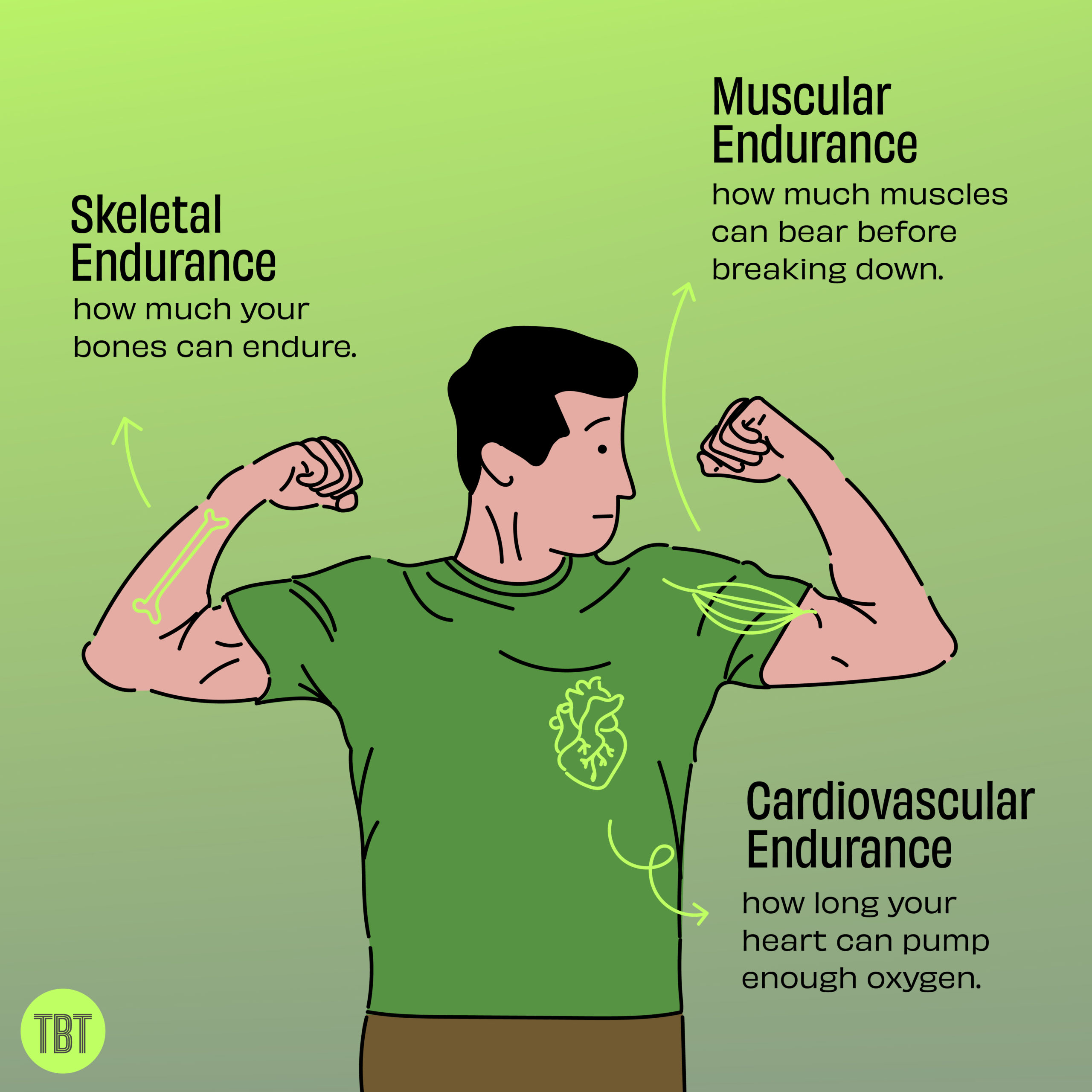What is fitness and types of fitness
Read about the different pillars of fitness in the body and in the mind : Strength, Endurance, Flexibility & Progress
The most trustworthy source of food and
fitness journalism in the country.
What is fitness and types of fitness:
What if you were asked, “How do you know how fit you are?”, “What is the proof of your fitness?”
Would these questions leave you stumped? Offended? Angry?
It’s understandable if you take offence at first, but after you calm down, would you proudly talk about how well you can perform a chakrasana? Or would it make you wonder, “Hmm. Fair question, what’s the proof?”
Why is it so difficult to take in that question in the first place? Is there no pointed answer to it? It’s been many weeks since we found ourselves in this conundrum. And as we scratched our heads and looked back at our own journeys, it only became clearer that the benchmark of fitness is personal and unique for all of us. Isn’t that why even most seasoned athletes declare their own records by calling them their “personal best”?
But, let’s simplify it.
Let’s begin by laying down the parameters against which you will be able to measure your fitness.
Pillars and types of Fitness: Strength, Endurance, Flexibility & Progress.
1. Strength
Strength is measured by how much someone can lift. We call it Load.
Load = Sum (Weight*Reps*Sets)
If today, to make you buckle, to overload you, it takes 5X the Load it used to 10 years ago, then that’s progress.
2. Endurance
Endurance is measure by how long someone can keep going. And the ‘someone’ here is a combination of 3 systems.
Skeletal. Muscular. Cardiovascular.
How much can your bones endure under constant pounding? That’s Skeletal Endurance. How much can your muscles bear, before completely breaking down? Number of sets? How long a workout? That’s Muscular Endurance. And how long can your heart keep up with it all? How long can it keep pumping enough oxygen into your veins to keep your cells energized. That’s Cardiovascular Endurance.
If today you can run 20kms where you couldn’t even run 200m when you started – that’s progress.

3. Flexibility
If you do more of running and resistance training instead of Yoga, you must have felt sometimes that your hamstrings had become less like strings and more like logs. Which is where this point comes in. While many of us may be able to lift well, few of us can stretch well.
Being able to do headstands and ‘Bakasana (crow pose)’ and ‘Chakrasana’ is flexibility. That you do it with increasing ease and grace every week, is progress.
The Complete Definition
So that’s that. It’s your progress on each of these 3 pillars of fitness, against your own benchmarks of where you used to be, that is the proof of your fitness.
While some of you may have liked this deconstruction, and few in you may have even found this worthy of being followed-up by the proverbial walk into the sunset. But this isn’t the complete answer.
This, is the complete answer. Fitness is:
Strength. Endurance. Flexibility. Progress.
The types of fitness is both Body and Mind. So, take all that we’ve explained above, and now apply it to the mind, the second type of fitness
Mental Strength
Just like today it takes a lot more load to overload your body, so it takes a lot more load to overwhelm your mind.
Compared to 10 years ago, today you can do deeper, do more focused work. You can think through tougher, more layered concepts. You can dissect more complex problems. And the ones you can’t tackle, you can stay with for far longer, before I decide to give up.
That is Mental Strength Progress. And it comes, in no small part, from the repeated application of the mind required to remain on the physical strength-building path.
Mental Endurance
It’s one thing to apply mental strength for a day. And another to apply it day-in and day-out, for a lifetime.
Along the way, just like your body, your mind fails you. You take on too much and it can’t cope. At these times it isn’t mental strength, but endurance that helps you get up and give it another shot.
It’s being able to take a lot more mental pounding, a lot more emotional upheaval, a lot more daily variability, and still remain on the path you’ve set out on. That’s the only reason some of you have streaks of running everyday out of 6 months in 6 months.
And this endurance, in no small part, is built by the experience of physical endurance. Of running through all sorts of pain during marathon preparation, and then wilfully doing it again the next day. That, is Mental Endurance Progress.
Mental Flexibility
It’s not uncommon for fitness enthusiasts to think people who keep changing their stance are frivolous. Superficial. But over time it’s important to appreciate positives of people who learn and evolve. And sometimes, evolution means accepting that you were wrong and changing your stance.
That sort of flexibility isn’t a sign of weakness. It’s a sign of immense mental strength. Because when we embrace a new idea (one that we used to vehemently deny), we don’t just swallow ego, we also enter unchartered waters. And that is scary. And doing scary things requires strength.

